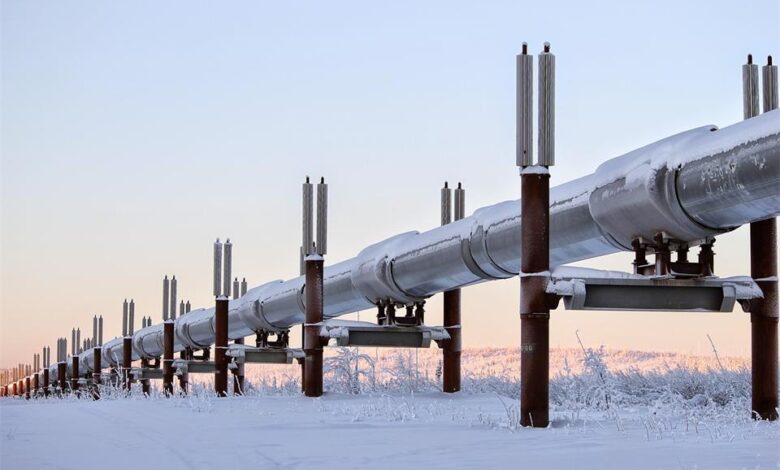Pipeline Transportation Companies Transforming the Midstream Market

When crude oil, natural gas, and natural gas liquids must move thousands of miles safely, midstream operators are the quiet force that makes it happen. Today’s pipeline transportation companies are reshaping the sector with smarter infrastructure, faster decision cycles, and services that feel more like agile logistics platforms than static utilities.
The result is lower losses, higher uptime, and clearer visibility from wellhead to refinery, petrochemical cracker, or export dock—all while building community trust through transparent operations and measurable safety performance.
Smarter Networks, Not Just Bigger Pipes
Scale still matters, but intelligence matters more. Operators now pair fiber-backed SCADA with edge analytics that learn normal pressure and flow signatures for every segment. Inline inspection tools, acoustic sensing, and satellite imagery create overlapping layers of leak and intrusion detection.
When models flag an anomaly, controllers modulate flow, isolate valves, and dispatch crews before a small irregularity becomes a headline. The effect is a living network: not merely transporting molecules, but continuously diagnosing its own health and adapting in real time to weather, demand, and maintenance constraints.
Reliability Built on Discipline
Transformation also looks like process rigor. Leaders standardize maintenance windows, codify handoffs between control rooms and field teams, and track everything from valve stroke times to coating holidays. Predictive models convert weather, soil chemistry, and pressure cycles into milepost-level risk scores.
That discipline pays off in faster permits, better insurance pricing, and stronger counterparty confidence. Shippers want predictable transit and clean custody transfer, and disciplined operators deliver both—minimizing unplanned downtime, meeting nominations, and documenting every step so audits are easier and communities stay informed.
Commercial Models That Actually Serve Customers
Pipelines are no longer take-it-or-leave-it corridors. Tariff flexibility, batching strategies, and storage optionality let producers adapt flow to shifting differentials. Blending programs, drag-reducing agents, and tighter tank-to-line scheduling help monetize every barrel or molecule.
The best companies behave like supply-chain partners: they provide real-time linefill visibility, offer digital nomination and apportionment tools, and coordinate with terminals and rail to reduce dwell.
That market empathy converts steel in the ground into a responsive service, aligning pipeline throughput with customer margins instead of forcing customers to work around the pipe.
Resilience, Sustainability, and New Molecules
The midstream map is shifting as operators harden systems against extreme weather and prepare for carbon dioxide, hydrogen, and renewable fuels alongside conventional volumes. They are elevating pump stations, diversifying power sources, and designing for controlled shutdowns and rapid restarts after storms or wildfires.
Integrity programs increasingly integrate chemical treatments and mechanical systems to slow corrosion, manage deposits, and reduce venting and flaring. At the same time, ESG reporting is maturing: methane-intensity baselines, water-use dashboards, and community engagement metrics are now tracked with the same seriousness as throughput and pressure.
Conclusion
Pipeline transportation companies are transforming midstream from a hidden utility into an adaptive network. The winners pair instrumentation with discipline, commercial flexibility with transparency, and safety with community trust.
As energy mixes evolve and weather grows less predictable, these operators will continue proving that smarter beats bigger—and that reliability, done right, is a competitive advantage that compounds year after year.




